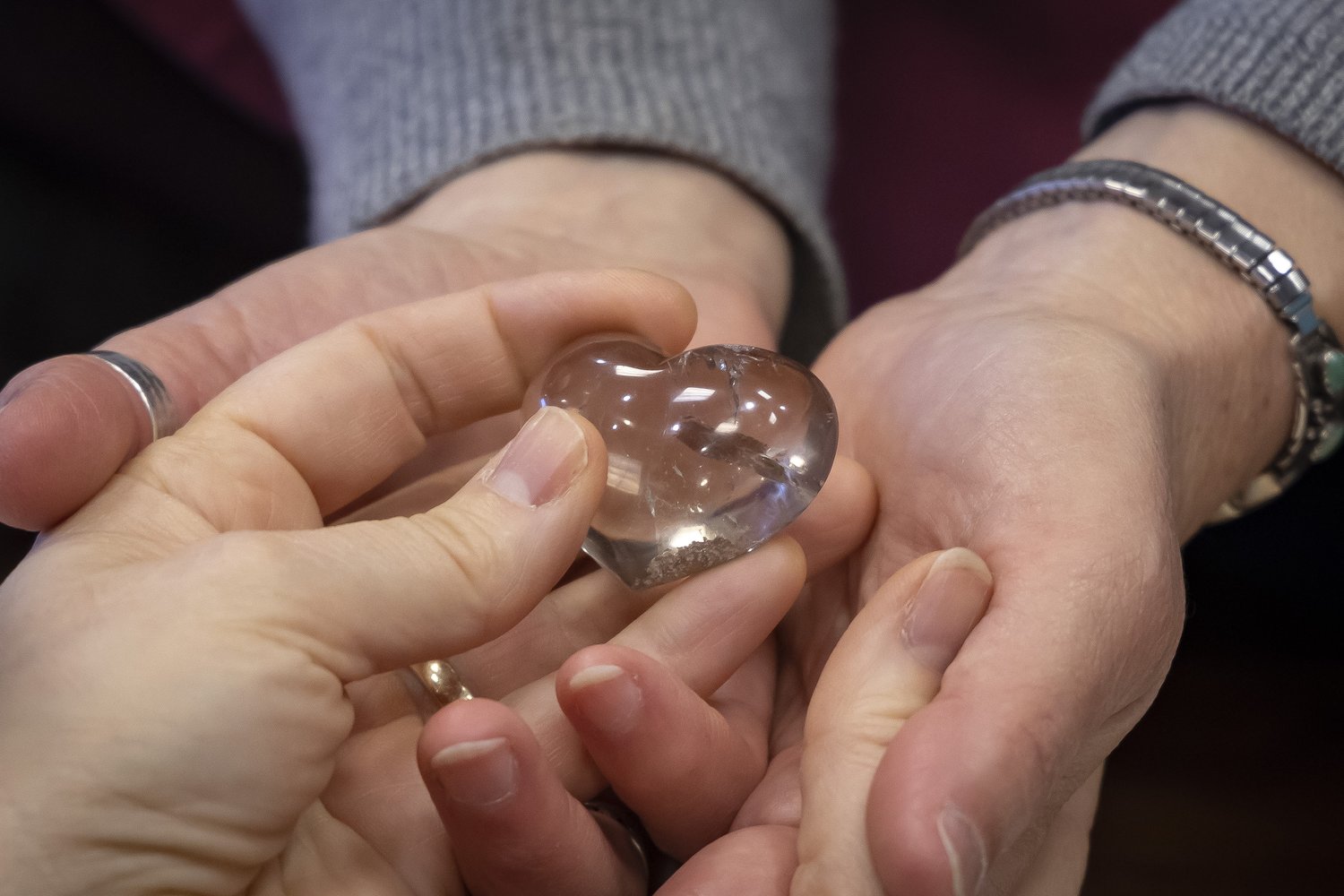Mirrors, Vanity, Social Media & Vayakhel/Pekudei
I’ve been doing a lot of mirror gazing over the past week.
I just got myself a whole new wardrobe of professional-looking clothes.
It feels so good, like I’m a whole new person.
(Great sales, too!)
Now I feel ready to present myself to the world as a rabbi.
People have told me to post pictures on social media, and I did it, but then I took them down.
It felt uncomfortable, like I was crossing a boundary as a rabbi.
Also, social media has encouraged us to be even more vain than we used to be.
Which is in such stark contrast to the Women’s Liberation Movement of the 1960’s, which I grew up with.
Weren’t we supposed to have freed ourselves of the need to appear in a way condoned by society and the advertising world?
And now I have a big sty in my eye.
It’s healing very slowly, and has left a big bump on my eyelid.
In my experience, it will probably take another couple of weeks to go away.
The thought has occurred to try and cover it up with make-up, but that wouldn’t be good for it.
Am I to wait for it to clear up completely before I can walk out into the world and present myself?
Why this need to look “perfect,” and what does that mean, anyway?
What do people with physical disabilities do? There’s no waiting for them “until it goes away.”
What kind of ridiculous standards our society holds us to.
What about sagging skin as I age? Should that stop me? And why can’t that be seen as beautiful as well?
Do we judge elephants for their sagging skin?
In Vayakhel/Pekudei, this week’s Torah reading, the instructions for the building of the Tabernacle are carried out.
The Israelites are told to bring their skills and their material gifts.
The Torah describes the lavers for washing in preparation for service by the priests.
The lavers are at the entrance to the sanctuary and made of copper.
Ex. 38:8 says they are made of the mirrors used by the women who ministered, or performed tasks of the Tabernacle. (I read that mirrors were made of a very finely polished copper in ancient times.)
It reads like this:
בְּמַרְאֹת֙ הַצֹּ֣בְאֹ֔ת/B’marot hatzovot/the mirrors of the ministering women
It’s very curious language. It appears only once in the entire Hebrew Bible.
The women are not mentioned previously, and we know nothing of them.
And it is here at the entrance, a boundary of sorts, that the priests wash and prepare themselves for holy service and encounter.
But it is at the heart of the sanctuary where the holy encounter actually happens.
Rabbi Shefa Gold, in her Torah Journeys, connects the women and their mirrors to the impossibly high standards our culture sets for our physical appearance.
Because it’s true that women in particular are taught the need to gaze in the mirror often and make sure we somehow look “perfect.”
(How many untold numbers of eating disorders has this caused?)
What if we, says Shefa, especially as women, could trust that we are judged for what is in our hearts rather than what adorns our bodies and faces?
What if we could wash ourselves of others’ projections and expectations, and clear away judgment “and the need for approval, wiping away shame, cleaning every pore of its need for artifice, till the skin can let our radiance shine through”?
If we can cross this boundary that blocks us from revealing our inner holy selves, then we will be ready to encounter the Holy.
Then we can, as she says, offer up the judgments, criticism, and vanity that obscure our depths.
With this, we come to another crossing as we come to the end of the Book of Exodus.
As it always says at the end of each book of the Torah, may we be strong.
This is what a person with a physical disability or birth “defect” must do: find the inner strength and beauty and let it shine.
May we draw strength from this example.
And let us say Amen.
